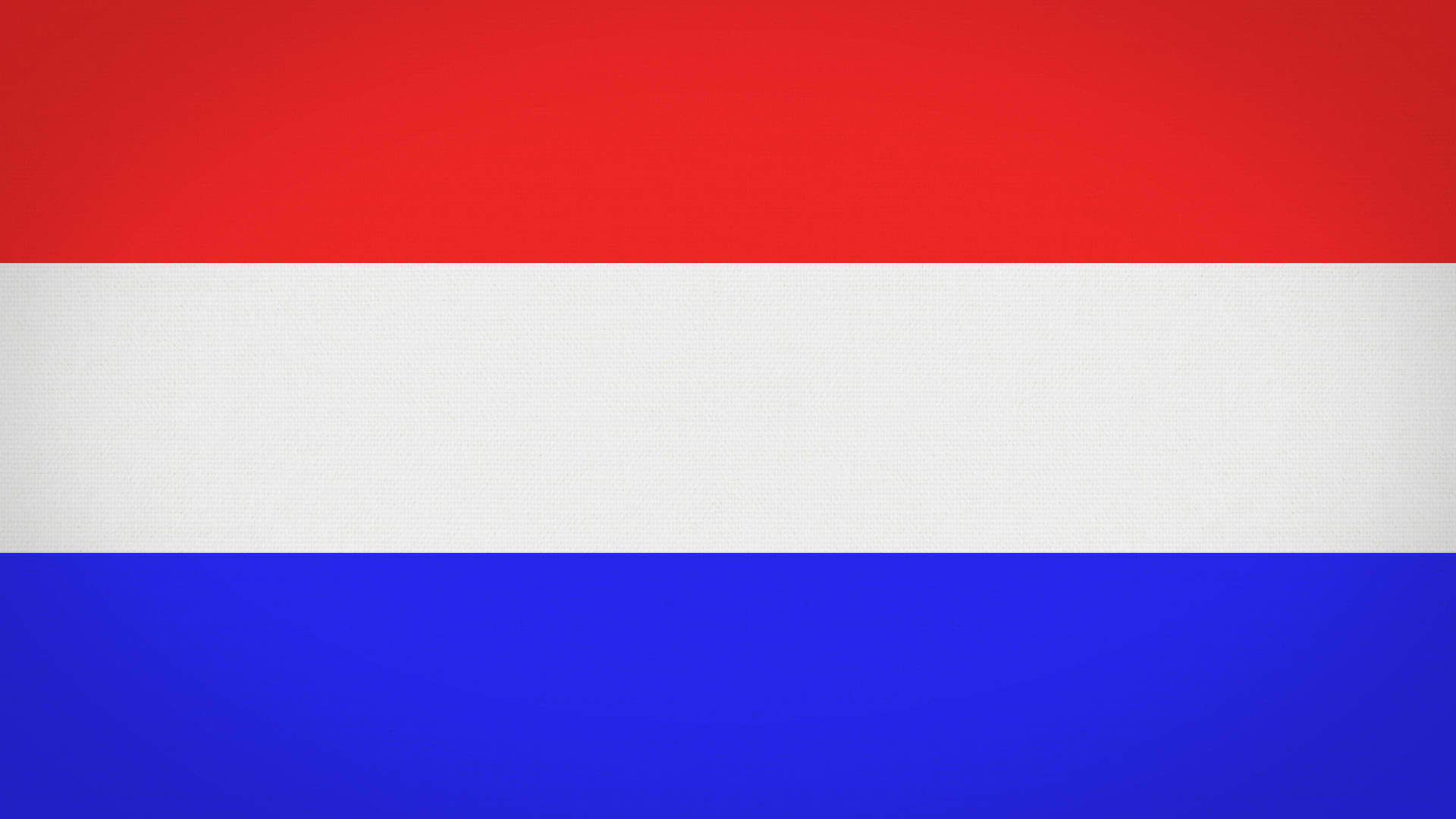Dutch Translation

Professional Dutch Translation and Localization
TrueLanguage offers timely, precise Dutch translation and localization services. We can handle virtually any type of translation project. Our team of professional linguists includes native speakers of Dutch and certified subject matter experts who can perfectly translate material following your exact specifications. We use cutting-edge translation and project management tools and follow ISO 9001 standards, guaranteeing efficient, high-quality, and authentic results.
Van Spaans tot Engels
Language Facts and Information
Dutch Snapshot
Dutch is a Germanic language spoken by over 23 million people worldwide. It is the official language of the Netherlands, Belgium, and Suriname. Dutch is closely related to German and English and shares many similarities with these languages. Learning Dutch can provide access to a vibrant culture and a thriving economy, as the Netherlands is a major player in international trade and commerce. Dutch is written using the Latin script. Dutch uses one additional character beyond the standard alphabet, the digraph IJ. It has a relatively high proportion of doubled letters, both vowels and consonants, due to the formation of compound words and also to the spelling devices for distinguishing the many vowel sounds in the Dutch language.
Dutch Facts and Trivia
Where it’s Spoken
Around 5 million people in the EU speak Dutch as a second language. Outside Dutch-speaking regions, Dutch is taught at more than 220 universities in 40 countries (information in Dutch), but especially in Germany, the United States, and France.
Global Statistics
Dutch is a widely spoken language with a significant number of native and non-native speakers around the world. Dutch is the official language of the Netherlands, where over 24 million people speak it. It is also the official language of Belgium and Suriname. In addition to the Netherlands and Belgium, Dutch is spoken as a minority language in some parts of Germany and France. Dutch is considered a relatively easy language to learn for English speakers, as it shares many similarities with English and other Germanic languages. It is also a popular second language in many European countries, including Germany and Austria.
Impact of Dutch Worldwide
Dutch is one of the official languages of the Benelux Union and the European Union. This is because Belgium and the Netherlands are member states of these multilateral communities. Dutch is also an official language of the Association of Caribbean States and the Union of South American Nations because of Suriname’s membership in these international bodies.
Regional Variations
Dutch dialects are primarily dialects that are both related to the Dutch language and are spoken in the same language area as the Dutch standard language. Although heavily under the influence of the standard language, some of them remain remarkably[citation needed] diverse and are found in the Netherlands and in the Brussels and Flemish regions of Belgium. The areas in which they are spoken often correspond with former medieval counties and duchies.
The Netherlands (but not Belgium) distinguishes between a dialect and a streektaal (“regional language”). Those words are more political than linguistic because a regional language unites a large group of different varieties. Such is the case with the Gronings dialect, which is considered a variety of the Dutch Low Saxon regional language. Still, it is relatively distinct from other Dutch Low Saxon varieties. Also, some Dutch dialects are more remote from the Dutch standard language than some regional language varieties. Within the Netherlands, a further distinction is made between a regional language and a separate language, which is the case with the (standardized) West Frisian language. It is spoken alongside Dutch in the province of Friesland.
Origin and History
Old Dutch can be discerned more or less around the same time as Old English (Anglo-Saxon), Old High German, Old Frisian, and Old Saxon. These names are derived from modern standard languages. No standard languages had yet developed in this age, while a perfect West Germanic dialect continuum remained present; the division reflects the contingent future contribution dialect groups would have to the later languages.
The early form of Dutch was a set of Franconian dialects spoken by the Salian Franks in the 5th century. These developed from Middle Dutch to Modern Dutch over the course of fifteen centuries.
Summary
Since the Dutch language is constantly evolving, you must have informed and highly experienced professional linguists for producing accurate and culturally appropriate translations. Dutch currently features approximately 300,000 words and adopts or adds 9790 (2022) new words each year. Will you need a Dutch translation that will easily be understood in all regions where the language is spoken? Or do you instead require a regionally specific translation? Select either our TrueGlobal or LocalVoice approach as appropriate.
Resources
Consider a Partnership with TrueLanguage
Are you looking for a partnership with a language service provider? If so, you may wish to consider TrueLanguage. We offer ISO-Certified state-of-the-art business translation services that are on budget, on time, and to your exact specification. Every time. Or perhaps you’re just looking for a cost-free, no-obligation estimate for your next translation project. Either way, we’d love to hear from you!


